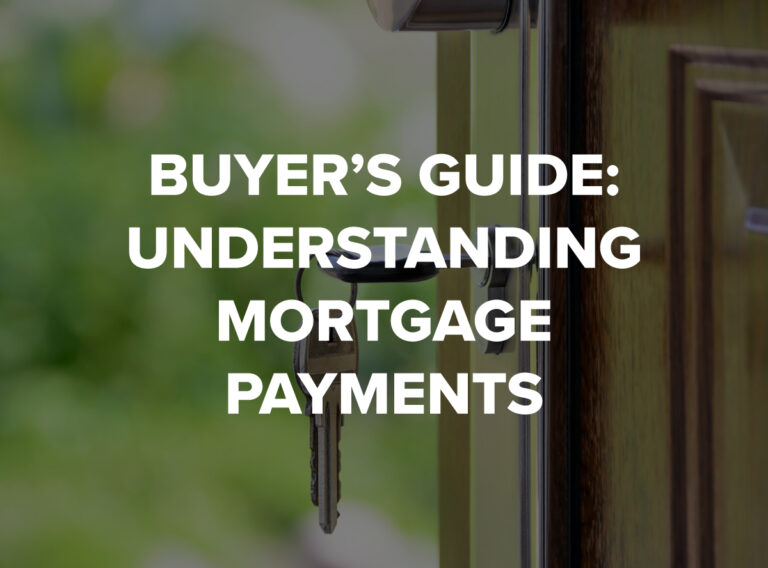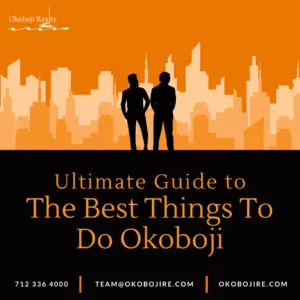Purchasing a home is one of the most exciting milestones in life, but it often comes with one of the largest financial commitments you will ever make: the mortgage. A mortgage is a long-term loan designed to help you buy a house. In addition to repaying the principal (the original amount you borrowed), you also make interest payments to the lender. The home and the land it sits on serve as collateral, meaning the lender has a legal claim to the property if the loan isn’t repaid.
While this general definition is helpful, understanding mortgages requires a deeper dive. After all, if you are planning to own a home, it’s important to know not only what a mortgage is, but also how the monthly payment is structured, what factors influence it, and the different loan options available. This guide will walk you through all of those details step by step.
A Brief History of Mortgages
Mortgages have become so common that nearly every homebuyer today relies on one. You hear about mortgage rates in the news, and speculation about whether they will rise or fall has become part of everyday financial conversations. But modern mortgages didn’t always exist in their current form.
In fact, the modern mortgage system was established in 1934. At the time, the country was struggling to recover from the Great Depression. To make homeownership more accessible, the federal government created programs that allowed buyers to put less money down and borrow more. Before then, buyers were typically required to put down a staggering 50% of the home’s price. The shift in 1934 changed the course of homeownership, making it possible for more Americans to purchase homes.
Today, a 20% down payment is still considered ideal. Why? Because buyers who put down less than 20% are usually required to pay for private mortgage insurance (PMI), which increases monthly payments. However, not every buyer can reach that 20% threshold. Fortunately, there are mortgage programs available that require smaller down payments. If you can put 20% down, it’s financially beneficial, but if you cannot, you still have options.
What Determines Your Mortgage Payment?
The amount you pay each month depends on two major factors: the size of the loan and the length of the term.
- Size of the loan: This is the amount of money you borrow to buy the home.
- Term of the loan: This is the number of years you have to repay the loan.
Generally, the longer the term, the lower the monthly payment will be because the balance is spread out over more years. This is why 30-year mortgages are the most popular choice among buyers. However, longer terms also mean paying more interest over the life of the loan.
If you’re unsure about which loan is right for you, mortgage calculators are a great tool. They allow you to compare different types of mortgages and lenders so you can see how loan size, term, and interest rate affect your monthly payment.
What Are Mortgage Payments?
Mortgage payments are simply the monthly payments you make on your loan. However, not all mortgages are the same, and the term you choose can affect your budget in big ways.
- Shorter-term mortgages: These loans often come with lower interest rates, which means you will pay less interest overall. The tradeoff is higher monthly payments because the loan is repaid over a shorter period of time.
- Longer-term mortgages: These loans usually have higher interest rates and result in more interest paid over the life of the loan. The benefit is that your monthly payments are lower, which can make homeownership more affordable month to month.
How Does a Mortgage Loan Work?
The mortgage process may feel overwhelming at first, but it becomes easier once you break it down into steps:
- Application – Submit personal and financial details to a lender.
- Pre-approval – The lender evaluates your credit and pre-approves you for a loan amount.
- Property search – Find a home within your pre-approved budget.
- Appraisal – The lender orders an appraisal to confirm the property’s value.
- Loan approval – The lender officially approves the loan, and you sign an agreement.
- Down payment – You contribute a percentage of the home’s price upfront.
- Closing – You finalize the paperwork, signing a promissory note and deed of trust.
- Repayment – You begin making monthly payments, which usually include principal, interest, taxes, and insurance.
- Ownership – Once the loan is fully repaid, you own the home outright.
Breaking Down the Four Key Parts of a Mortgage Payment (PITI)
When most people think of mortgage payments, they think only about principal and interest. In reality, there are four main components:
- Principal – The amount you borrowed. Each monthly payment gradually reduces this balance.
- Interest – What the lender charges for allowing you to borrow money. Rates directly impact your payment amount.
- Taxes – Property taxes collected by local governments, often rolled into monthly mortgage payments and held in escrow.
- Insurance – Homeowners insurance protects your property, and PMI may be required if your down payment is less than 20%.
Loan Lingo Every Buyer Should Know
The mortgage world comes with its own language. Understanding common terms can save you confusion during the buying process:
- Mortgagor: You, the borrower.
- Mortgagee: The lender.
- Pre-qualification vs. Pre-approval: Pre-qualification is often just a sales pitch; pre-approval is a verified commitment from a lender.
- FHA Loan: A government-backed loan designed to help lower-income buyers.
- VA Loan: A loan for qualifying veterans, active-duty service members, and certain spouses, often with no down payment required.
- Conventional Loan: A loan not backed by the government, often requiring a higher down payment.
- Conforming Loan: Meets the guidelines of Fannie Mae or Freddie Mac, typically with better rates.
- Non-conforming/Jumbo Loan: Larger loans outside those guidelines, often with higher interest rates.
- Points: Fees paid upfront to reduce your interest rate.
- Closing Costs: Fees and expenses due at closing, which can sometimes be negotiated.
Different Types of Mortgages
Not all mortgages are created equal. Here are some of the most common types you may encounter:
- Fixed-Rate Mortgage: The interest rate stays the same for the entire loan. Predictable and stable.
- Adjustable-Rate Mortgage (ARM): The rate starts lower but adjusts over time, which can be risky if rates rise.
- Interest-Only Mortgage: You pay only the interest for a set period before higher payments begin.
- Balloon Mortgage: Lower payments at first but ends with one large payment at the end of the term.
- Piggyback Loan: A second loan used to avoid PMI when the down payment is less than 20%.
- Bridge Loan: Short-term financing to help you buy a new home before selling your old one.
A Look at Closing Costs
“Closing Costs” are the expenses over and above your down payment that most buyers normally face when it comes time to close a loan. These costs generally are not included in your loan amount, meaning they are usually out-of-pocket expenses. And though you can sometimes negotiate for the seller to cover a portion, buyers should understand exactly what’s included.
Be cautious of ads promising “No closing costs and no points.” Often, lenders who make these claims build higher penalties and hidden charges into their contracts.
Lender’s Fees
- Loan Origination Fee – Charged by lenders to procure your mortgage loan. Typically 1% of the loan amount but can vary.
- Discount Points – Paid to buy down the interest rate.
- Appraisal Fee – Covers the cost of determining property value, usually $300–$700.
- Credit Report – $11–$60, required for all mortgage loans.
- Mortgage Broker Fees – Paid to brokers who arrange loans.
- Tax Service Fee – Covers research on property tax records.
- Processing Fee (Application Fee) – Helps offset operating costs.
- Underwriting Fee – Charged for reviewing and approving the application.
- Flood Certificate – Required document to determine if the property is in a flood plain.
Items Required by Lenders to Be Paid in Advance
- Prepaid Interest – Daily interest from the day of closing to the end of the month.
- Private Mortgage Insurance (PMI) – Required if the loan is more than 80% of the property’s value.
- Hazard Insurance Premium – Your first year of homeowner’s insurance.
Reserves Deposited with Lender
- Hazard Insurance Reserves – Lenders may collect one to two months upfront.
- Mortgage Insurance, Property Taxes, Assessments – One to three months often collected in advance.
Title Charges
- Escrow Fee & Document Prep – Collected by the title company or attorney.
- Notary Fees – For notarizing signed legal documents.
- Attorney/Closing Fees – For preparing closing documents.
- Title Insurance – Protects against title disputes and lender’s lien enforcement.
- Tax Verification – Confirms all prior property taxes are paid.
Government Recording & Transfer Fees
- Recording Fees – Paid to the county to record the deed and related documents.
Additional Settlement Charges
- Pest Inspection – Required for FHA loans or as a lender condition.
- Survey – Confirms property dimensions and improvements.
Final Thoughts
Understanding mortgage payments isn’t just about knowing what you’ll owe each month—it’s about seeing the bigger picture of how your loan affects your finances over time. By learning how principal, interest, taxes, insurance, and closing costs all work together, and by exploring different loan types, you’ll be better equipped to make confident decisions.
At Okoboji Realty, we’re here to guide you through every step of the process. Whether you’re buying your first home or upgrading to your dream property, our team can connect you with trusted lenders and help you find the mortgage option that fits your lifestyle. Contact us today!
Source Links:
https://www.investopedia.com/mortgage/mortgage-rates/payment-structure/




